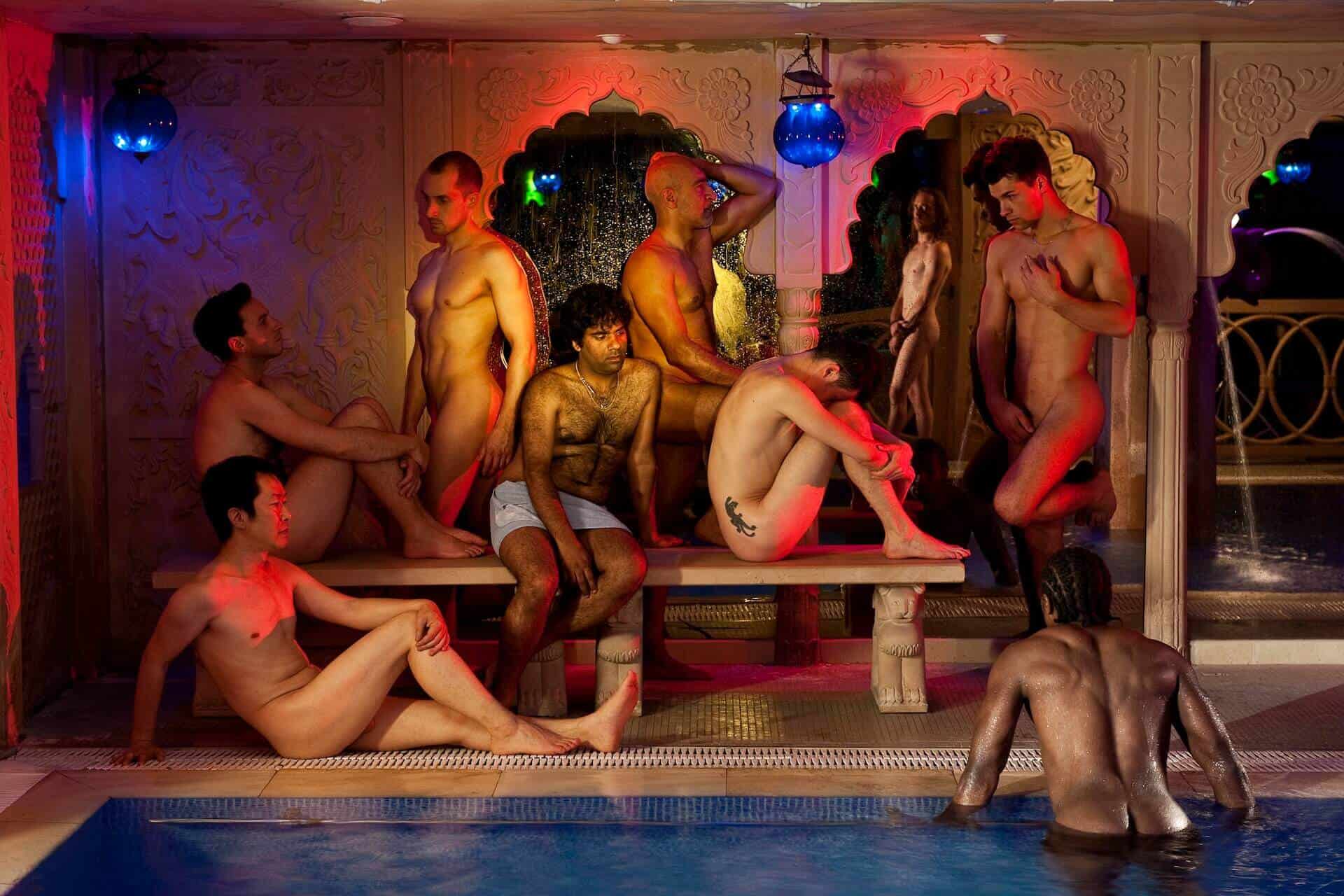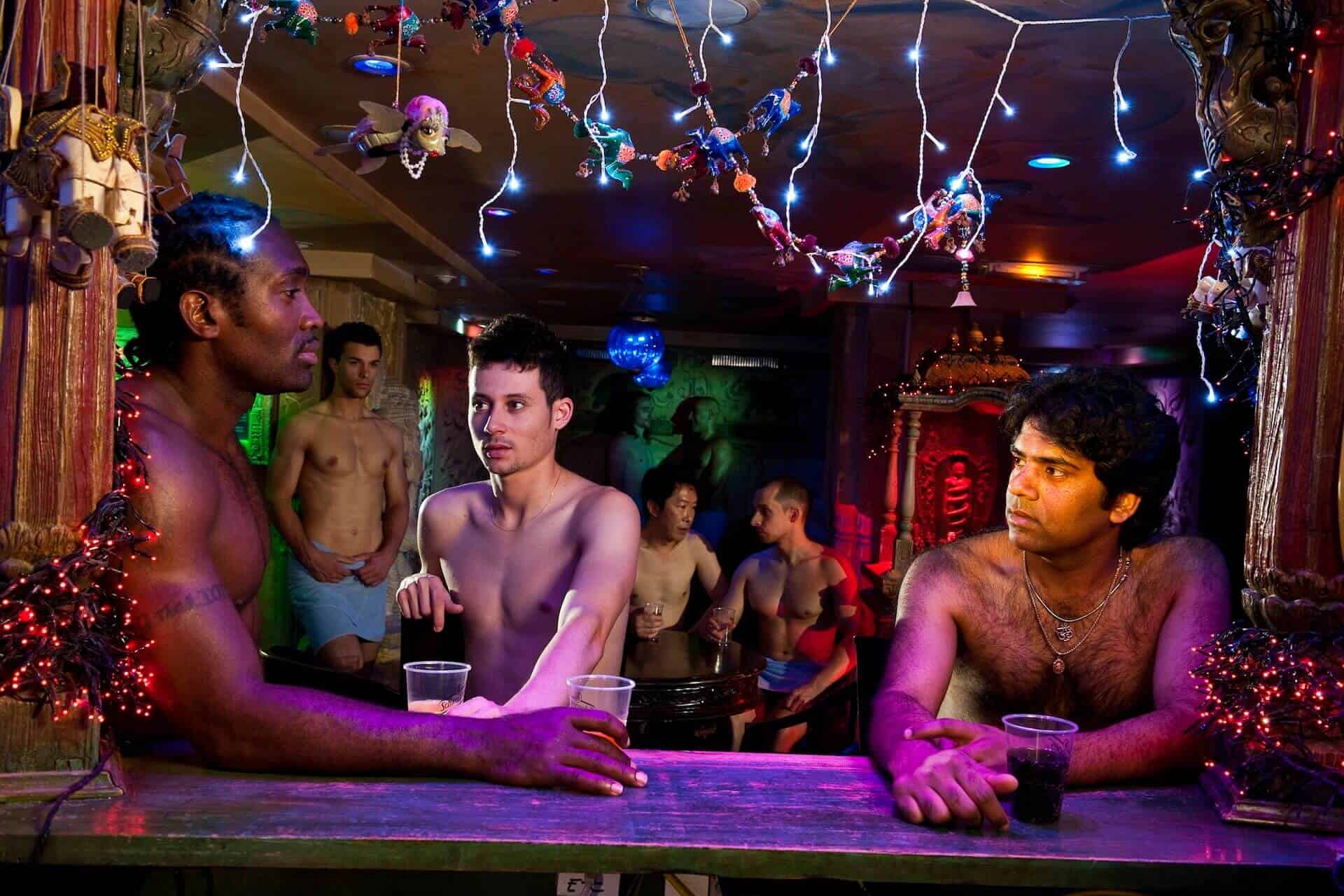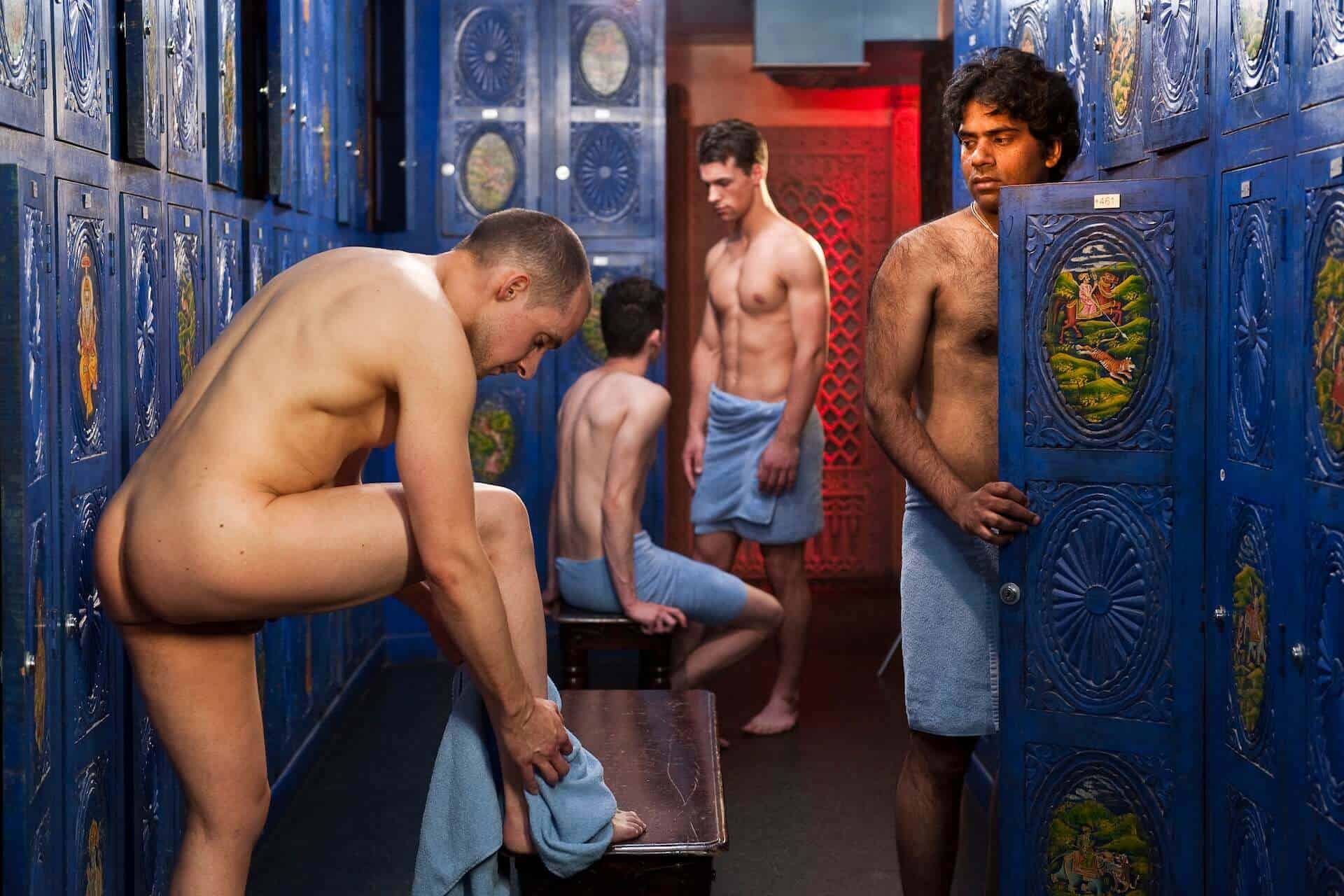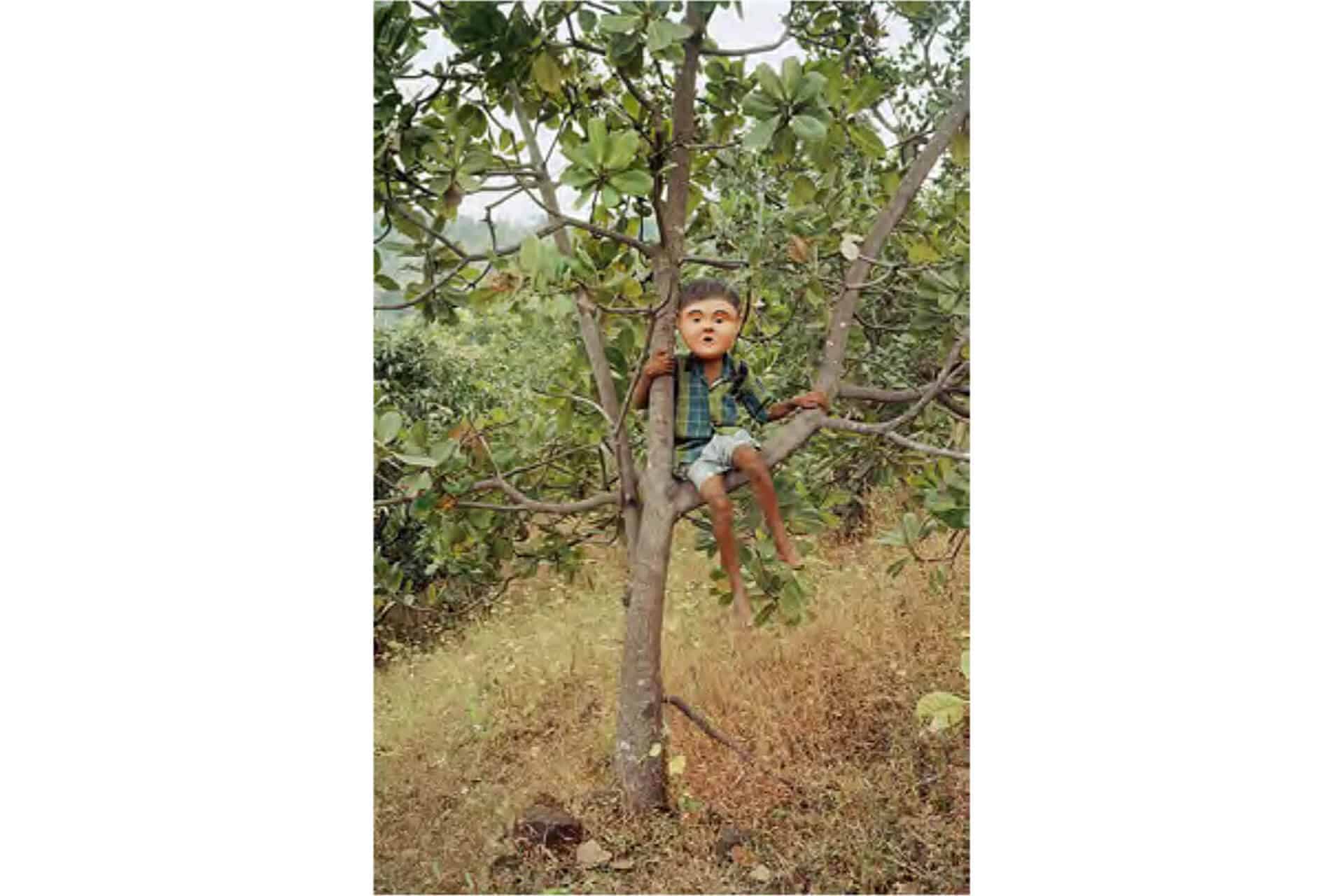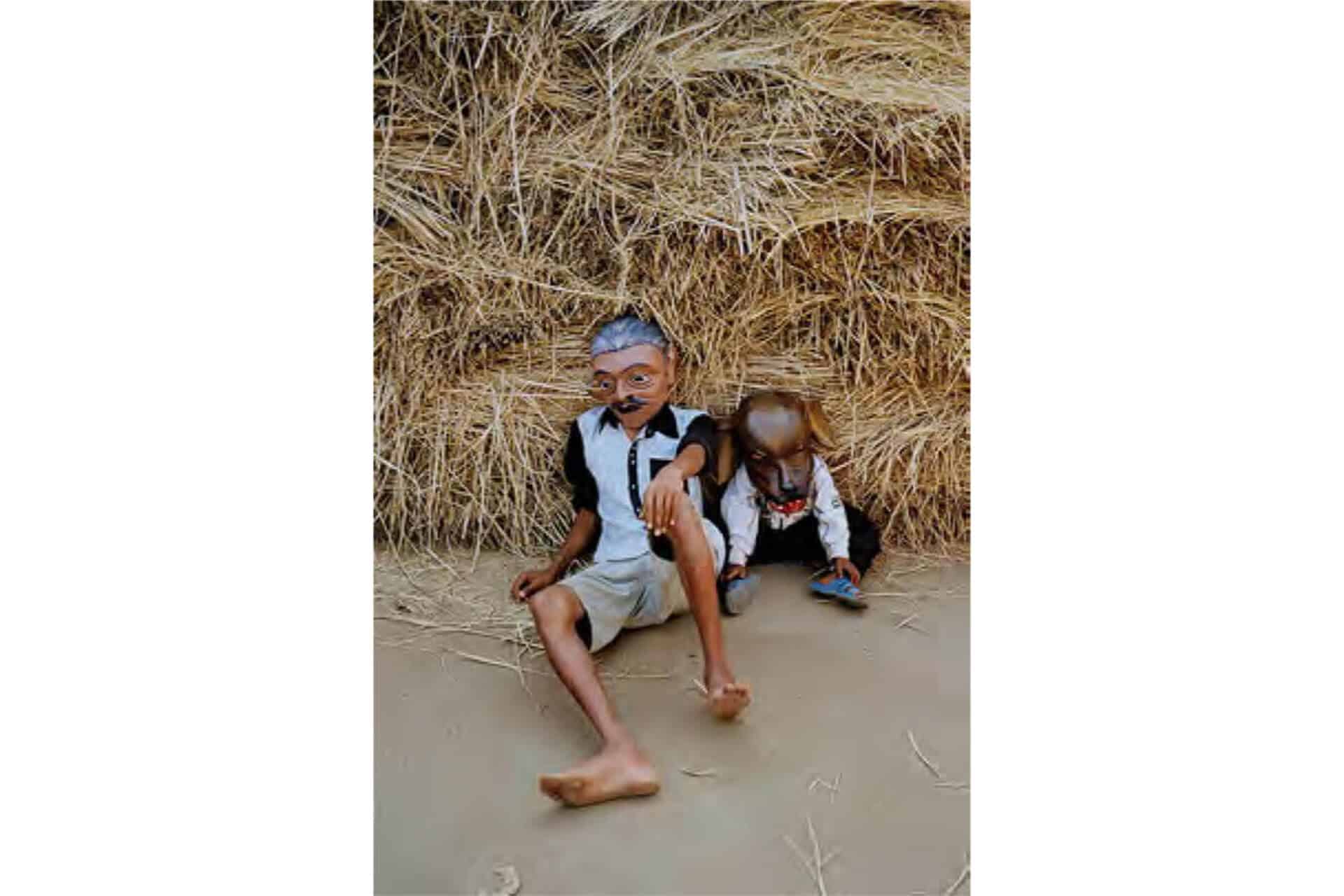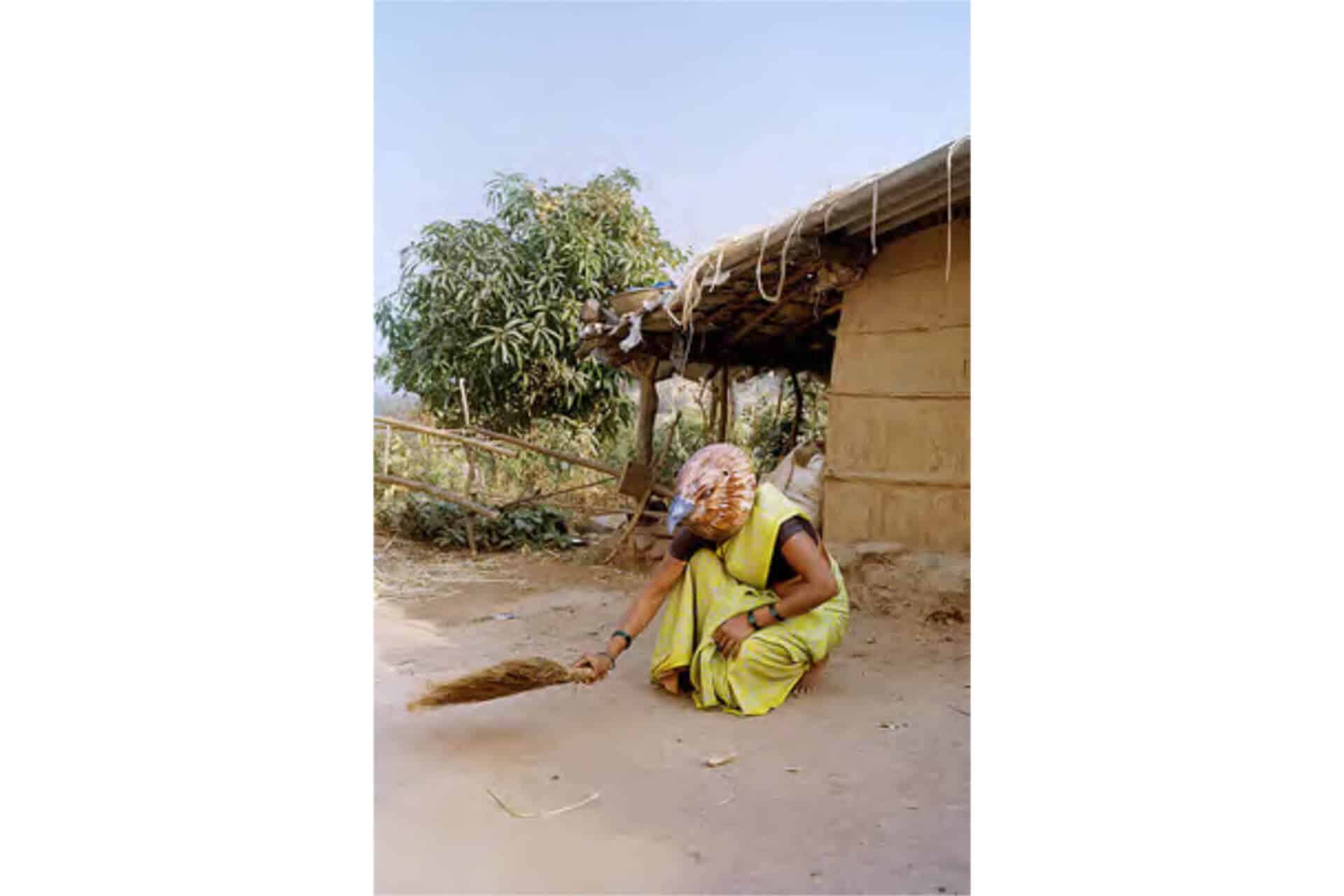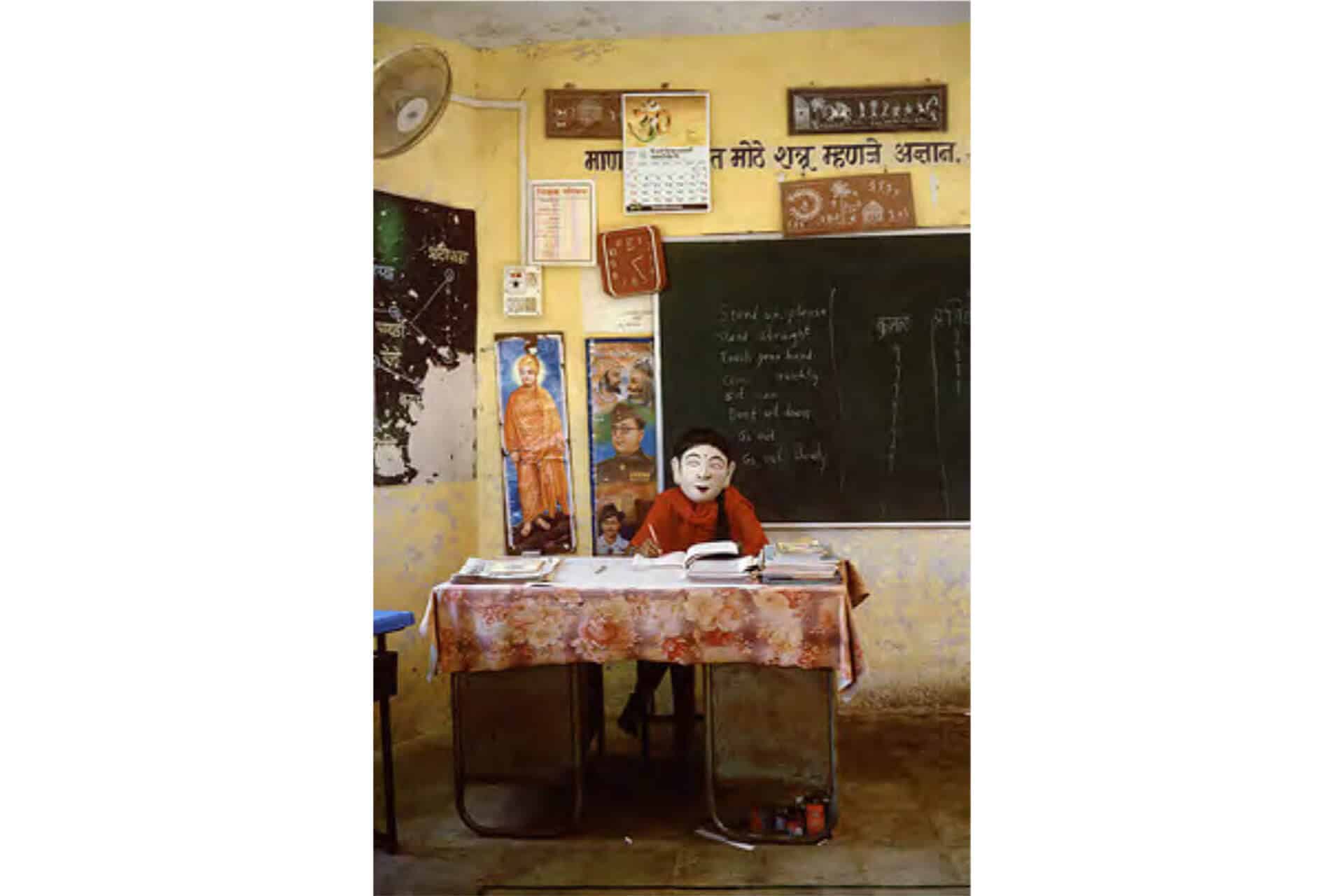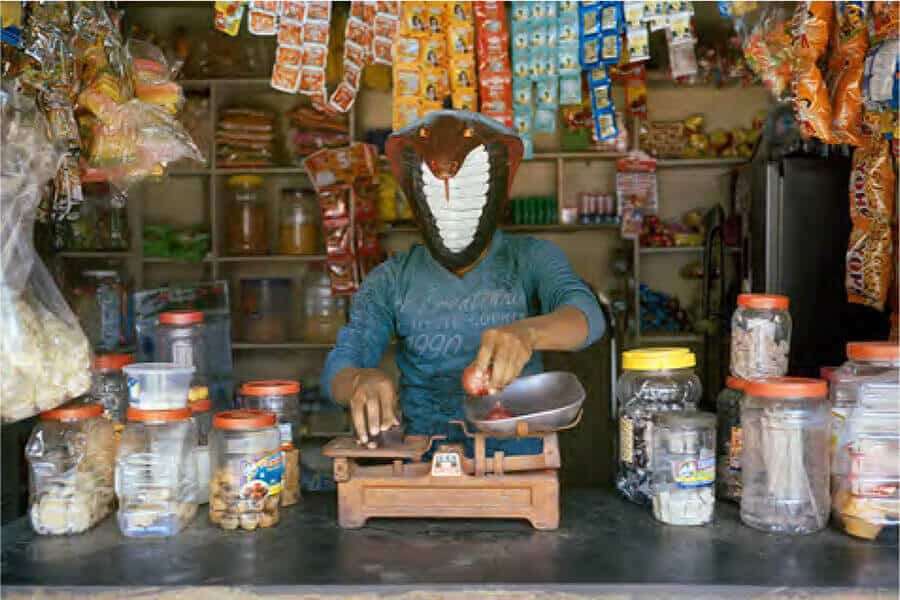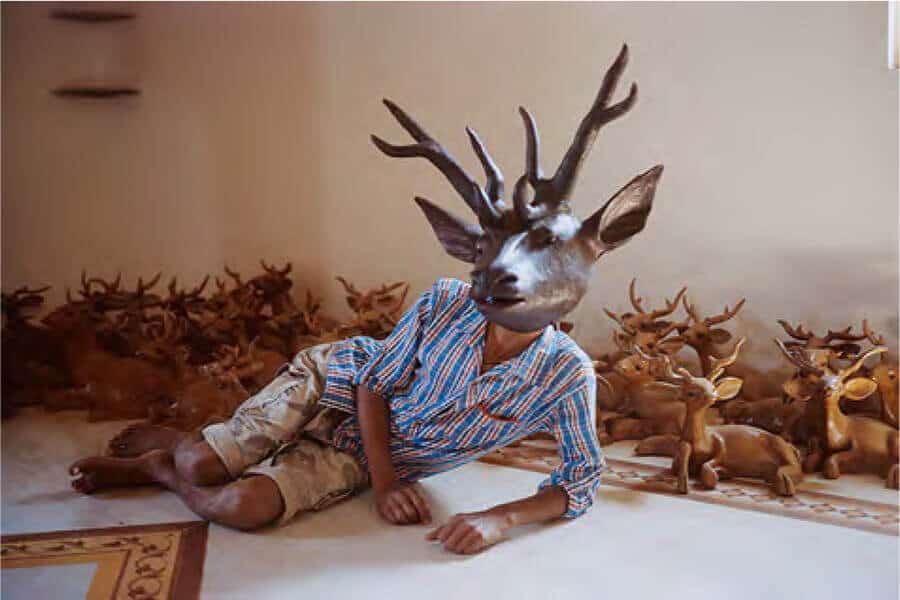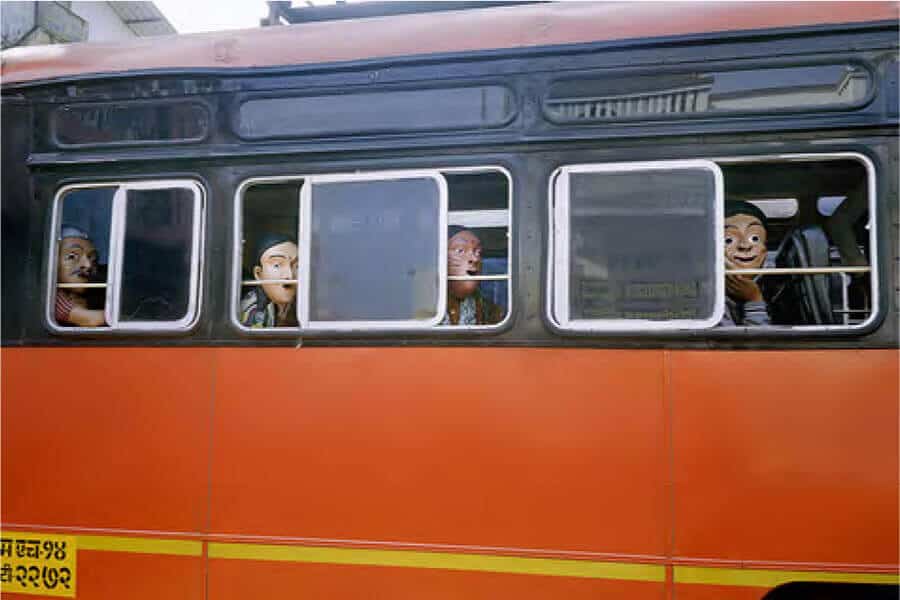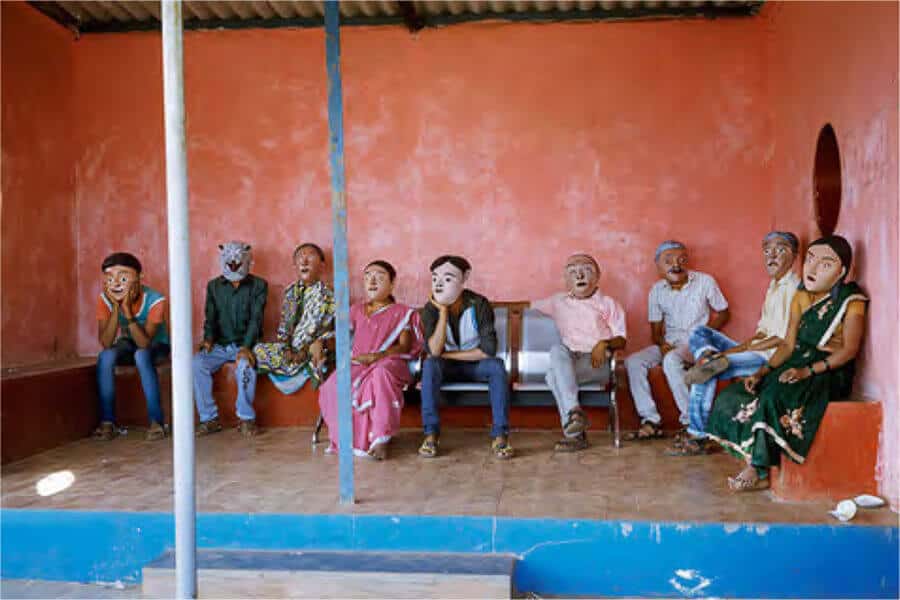Moving Still: Performative Photography in India
Vancouver Art Gallery
April 1 to September 2, 2019
Curated by: Diana Freundl (Vancouver Art Gallery) and Gayatri Sinha (Independent Curator).
Share Article
What is it that changes in ourselves when a camera lens is trained on us, or when we look at a photograph? What versions of ourselves do we give to the photographer, and do they depend on who that person is? These are some of the questions that lurk behind the Vancouver Art Gallery's intriguing exhibition Moving Still: Performative Photography in India. Take, for example, Umrao Singh Sher-Gil's self-portrait After Fifteen Days taken in 1930. Sher-Gil, a Sanskrit and Persian scholar, yoga practitioner and self-taught photographer, showed without inhibition his lean body to himself, and us, presenting himself as an ascetic despite his affluent surroundings and upbringing. We see him as he wants us to see him and as how he wants to see himself, a performance captured on a still image.
Equally provocative, is Gauri Gill's untitled work from 2015, in which a young boy wears a papier-mâché mask made by artists of the Kokna tribe in Maharashtra and sits on a tree branch staring at the photographer and us, the viewers. The child unnervingly observes us while our gaze of him is obscured by the mask upending the traditional balance of power between the viewer and the viewed.
Sher-Gil and Gill are just two of thirteen significant Indian photographers from the nineteenth century to the present that have been thoughtfully brought together by curators Diana Freundl and Gayatri Sinha. Most if not all of the works are deeply compelling with great emotional resonance, universes unto themselves. The themes of self-portraiture, transnationalism, family, masculinity, and gender fluidity and sexuality recur.
Both Sunil Gupta's Sun City and Tejal Shah's Between the Waves (2012) for instance use conceptual photography to explore the complexities and nuances of performing queerness for the camera and in real life, subjects that can garner greater controversy in South Asia. Shah thoughtfully notes in the exhibition catalogue, “When all identity categories cease and we understand that everything exists interdependently, how can this lead to an affective shift away from violence and toward love and cooperation?”
Performative conceptual art photography is a popular topic but there has been little focus on South Asia to date, which makes Moving Still an important contribution to the larger conversation. The word "performative" is one of those academic buzzwords that have been slowly migrating from the academy into the public sphere since the 1980s if not earlier. To apply it to photography means to think about photographing people or oneself not only as documenting reality but as staging a performance in which everyone plays a part in the moment. As the French theorist Roland Barthes famously observed in Camera Lucida: Reflections on Photography "what founds the nature of Photography is the pose" (Barthes 1981:78).
An excellent catalogue accompanies the exhibition and is well worth the read. It features an introductory essay by renowned intellectual Homi K. Bhabha, mini-biographies of the artists and equally thought-provoking essays by Gayatri Sinha, Diana Freundl and Roobina Karode. As wondrous as these images are, the minimal engagement with the forces of Hindu nationalism, which have been increasingly defining India for the last century, is notable. Our performances of race and religion are left for future exhibitions to explore more fully. It would have also been interesting to see some reflections on the differences in cultures of display between India and Canada and what topics can and cannot be broached.
The exhibition is a wonderful achievement of the gallery’s Institute of Asian Art (IAA) formed in 2014. It is also a testament to the cosmopolitan and inclusive ethos of its generous donors. Perhaps what is most striking about the exhibition overall is the presence of South Asian bodies on the hallowed walls of Vancouver Art Gallery, which still seems like a rare event in a city with such sizeable South Asian communities.
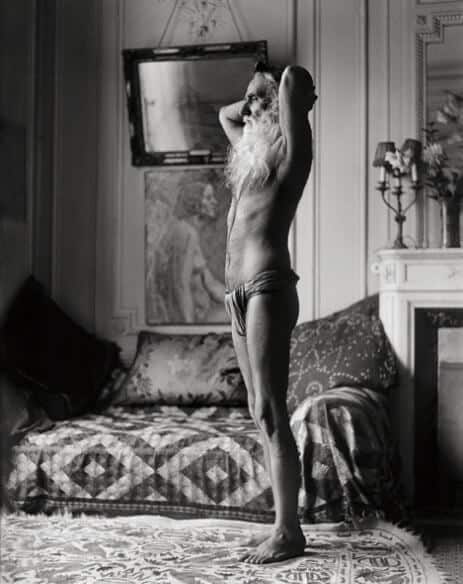
Umrao Singh Sher-Gil, After fifteen days of fasting I: self-portrait (Paris, France), 1930 24 silver gelatin print with selenium toning, 35.5 x 27.9 cm


